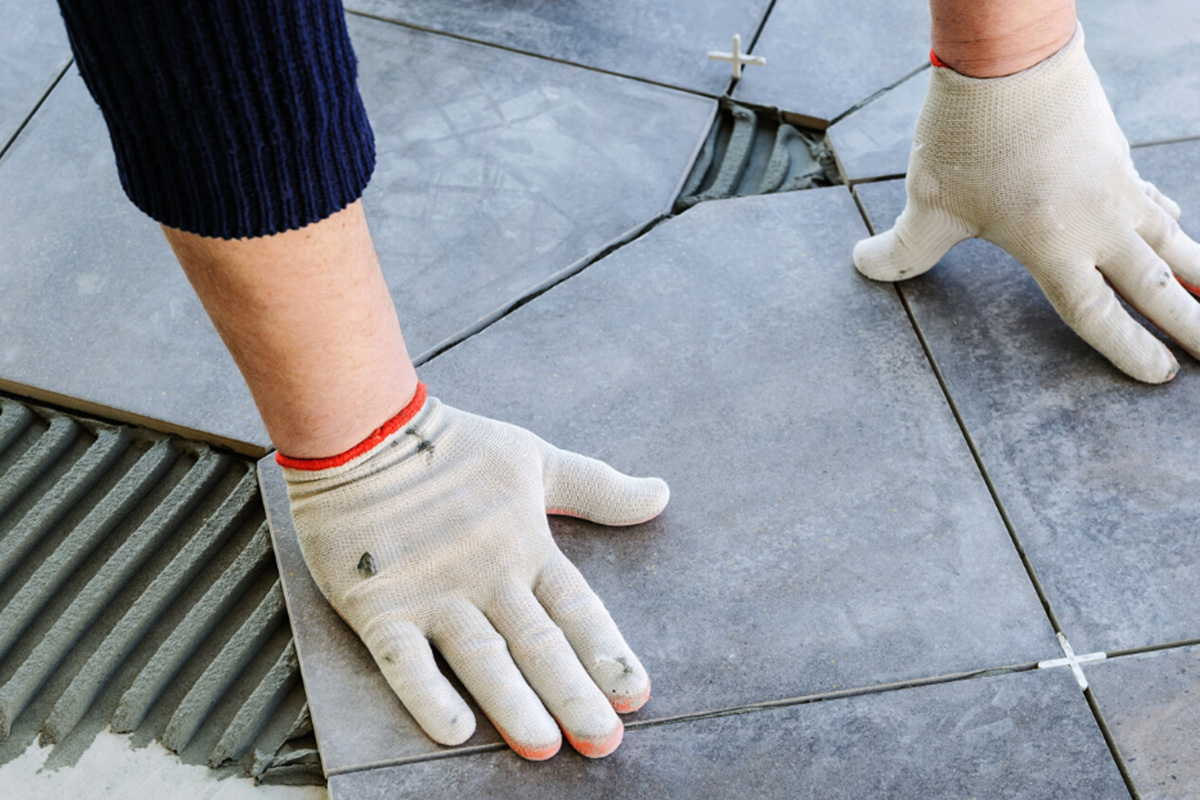The report “Ceramic Tiles Market by Type (Porcelain, Glazed, Unglazed), Application (Floor Tiles, Internal Wall Tiles, External Wall Tiles) End-use Sector (Residential, Non-residential), Finish (Matt, Gloss), Construction Type, and Region – Global Forecast to 2027″, is approximated to be USD 227.9 billion in 2022, and it is projected to reach USD 320.5 billion by 2027, at a CAGR of 7.1%.
The Ceramic tiles market is experiencing significant growth driven by several factors, including the increasing population & urbanization, growing investments in construction industry, increasing industrialization, and rising number of renovation activities. However, the volatile raw material prices may limit market growth. Despite these challenges, opportunities exist in the market for rapidly progressing organized retail sector. The Ceramic tiles industry also faces the challenge of extreme competition in the market.
Browse in-depth TOC on “Ceramic Tiles Market”
218 – Tables
49 – Figures
208 – Pages
Download PDF Brochure: https://www.marketsandmarkets.com/pdfdownloadNew.asp?id=228236779
By type, Glazed Tiles accounted for the 2nd largest share in 2021
Ceramic tiles on which a liquefied layer of glass is added are called glazed tiles. When a tile is being glazed, it is coated by liquid, which is colored glass. It is sprayed or poured on to cover it. The glaze is then baked onto the surface by placing it in a kiln at a temperature of more than 1,000°C. A second firing is given to the tile in the kiln, depending on the type. The glaze can give the tile a smooth or textured surface and offers an infinite variety of colors and designs. Glazed tiles typically have a matte, semi-gloss, and high gloss finish. They provide better stain and moisture resistance than unglazed tiles. Owing to the extra liquefied glass layer, custom tile designs can be added to them. This allows the floor tile designs to be available in multiple colors. Owing to their vibrant allure, these are mostly used for kitchen floors and bathroom walls.
By Application, Internal Wall Tiles accounted for the 2nd largest share in 2021.
Ceramic wall tiles are being used in an increasing number of settings, such as homes, offices, hospitals, and laboratories. These also help in significantly altering the appearance and atmosphere of any room. Wall tile is typically more delicate, smoother, and thinner. In addition, wet surfaces are significantly slicker, which is why wall tile should not be used as a flooring material. There are several benefits to using this versatile product. Ceramic tiles are great choices for kitchen and shower walls, as they are comparatively easier to maintain and clean than paint or wallpaper. Furthermore, ceramic wall tiles are also highly resilient to abrasive chemicals and cleaners, which makes them easy to keep clean. Ceramic wall tiles are also widely used in bathrooms; as they are resistant to humidity and moisture, which is ideal for damp environments found in bathrooms. Other characteristics of ceramic tiles which enable their application on the walls include stain resistance, fire resistance, high durability, fade resistance, and odor resistance.
Request Sample Pages: https://www.marketsandmarkets.com/requestsampleNew.asp?id=228236779
By End-Use Sector, Non-residential Segment accounted for the 2nd largest share in 2021.
The non-residential buildings can be classified into commercial, institutional & healthcare, and public facilities. In this sector, the demand for ceramic tiles is expected to be driven by increasing spending on office spaces and other commercial & institutional constructions where ceramic tiles are used extensively. Floors of non-residential buildings need to withstand heavy foot traffic and heavy furniture load. The application of ceramic tiles in non-residential structures adds to the aesthetic value of the interior space.
Europe accounted for the second largest share of the Ceramic tiles Market in 2021
The expansion of the European construction market can be attributed to the rising demand for housing in urban areas, increased infrastructure development activities, and increased modernization and renovation of buildings to improve their energy efficiency. With the region’s robust economic growth, commercial infrastructure construction, such as offices, schools, hotels, restaurants, and leisure facilities, is on the rise. Furthermore, the introduction of various favorable initiatives and investments by governments to improve housing infrastructure and provide housing for the vulnerable section is supporting the growth of the European construction market.
The Ceramic tiles Market comprises major players such as SCG Ceramics (Thailand), RAK Ceramics (UAE), Grupo Lamosa (Mexico), Mohawk Industries Inc. (US), and Kajaria Ceramics (India) and others are covered in the Ceramic tiles market. Expansions, acquisitions, joint ventures, and new product developments are some of the major strategies adopted by these key players to enhance their positions in the Ceramic tiles Market.
Browse Adjacent Market: Ceramics and Glass Market Research & Consulting
Related Reports:
Flooring Market – Global Forecast to 2023
Carpets & Rugs Market– Global Forecast to 2022



Get involved!
Comments